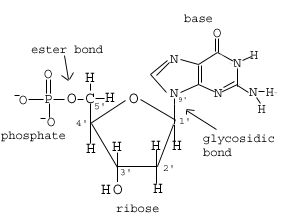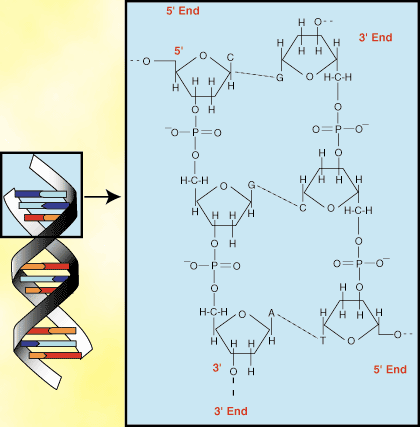Please wait while we process your payment
If you don't see it, please check your spam folder. Sometimes it can end up there.
If you don't see it, please check your spam folder. Sometimes it can end up there.
Please wait while we process your payment

By signing up you agree to our terms and privacy policy.
Don’t have an account? Subscribe now
Create Your Account
Sign up for your FREE 7-day trial
By signing up you agree to our terms and privacy policy.
Already have an account? Log in
Your Email
Choose Your Plan
Individual
Group Discount
Save over 50% with a SparkNotes PLUS Annual Plan!
 payment page
payment page
Purchasing SparkNotes PLUS for a group?
Get Annual Plans at a discount when you buy 2 or more!
Price
$24.99 $18.74 /subscription + tax
Subtotal $37.48 + tax
Save 25% on 2-49 accounts
Save 30% on 50-99 accounts
Want 100 or more? Contact us for a customized plan.
 payment page
payment page
Your Plan
Payment Details
Payment Summary
SparkNotes Plus
You'll be billed after your free trial ends.
7-Day Free Trial
Not Applicable
Renews July 8, 2025 July 1, 2025
Discounts (applied to next billing)
DUE NOW
US $0.00
SNPLUSROCKS20 | 20% Discount
This is not a valid promo code.
Discount Code (one code per order)
SparkNotes PLUS Annual Plan - Group Discount
Qty: 00
SparkNotes Plus subscription is $4.99/month or $24.99/year as selected above. The free trial period is the first 7 days of your subscription. TO CANCEL YOUR SUBSCRIPTION AND AVOID BEING CHARGED, YOU MUST CANCEL BEFORE THE END OF THE FREE TRIAL PERIOD. You may cancel your subscription on your Subscription and Billing page or contact Customer Support at custserv@bn.com. Your subscription will continue automatically once the free trial period is over. Free trial is available to new customers only.
Choose Your Plan
This site is protected by reCAPTCHA and the Google Privacy Policy and Terms of Service apply.
For the next 7 days, you'll have access to awesome PLUS stuff like AP English test prep, No Fear Shakespeare translations and audio, a note-taking tool, personalized dashboard, & much more!
You’ve successfully purchased a group discount. Your group members can use the joining link below to redeem their group membership. You'll also receive an email with the link.
Members will be prompted to log in or create an account to redeem their group membership.
Thanks for creating a SparkNotes account! Continue to start your free trial.
We're sorry, we could not create your account. SparkNotes PLUS is not available in your country. See what countries we’re in.
There was an error creating your account. Please check your payment details and try again.
Please wait while we process your payment

Your PLUS subscription has expired
Please wait while we process your payment
Please wait while we process your payment

Nucleotides and Nucleic Acids
Both DNA and RNA are known as nucleic acids. They have been given this name for the simple reason that they are made up of structures called nucleotides. Those nucleotides, themselves comprising a number of components, bond together to form the double-helix first discovered by the scientists James Watson and Francis Crick in 1956. This discovery won the two scientists the Nobel Prize. For now, when we discuss nucleic acids you should assume we are discussing DNA rather than RNA, unless otherwise specified.
A nucleotide consists of three things:

Nucleotides join together through phosphodiester linkages between the 5' and 3' carbon atoms to form nucleic acids. The 3' -OH of the sugar group forms a bond with one of the negatively charged oxygens of the phosphate group attached to the 5' carbon of another sugar. When many of these nucleotide subunits combine, the result is the large single-stranded polynucleotide or nucleic acid, DNA ()

If you look closely, you can see that the two sides of the nucleic acid strand shown above are different, resulting in polarity. At one end of the large molecule, the carbon group is unbound and at the other end, the -OH is unbound. These different ends are called the 5'- and 3'-ends, respectively.
shows a single strand of DNA. However, as stated earlier,
DNA exists as a double-helix, meaning two strands of DNA bind together.

An important thing to remember about the structure of the DNA helix is that as a result of anti-parallel pairing, the nitrogen base groups face the inside of the helix while the sugar and phosphate groups face outward. The sugar and phosphate groups in the helix therefore make up the phosphate backbone of DNA. The backbone is highly negatively charged as a result of the phosphate groups.
Please wait while we process your payment

